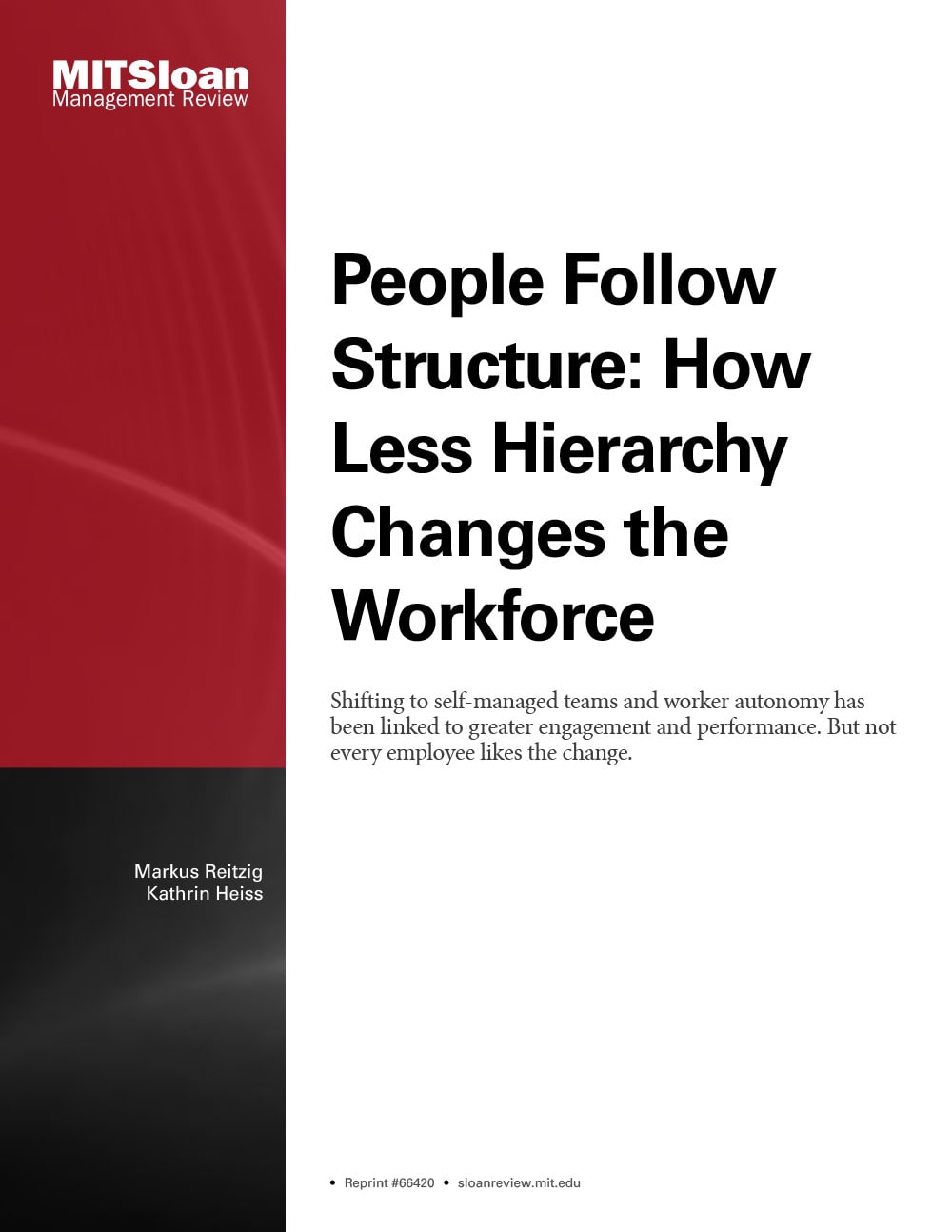Businesses with more international C-suite executives than industry peers consistently outperform them.
Leadership
Organizations are more challenging to manage than ever — with technological advances, unprecedented uncertainty, and novel workforce demands. Learn how to lead teams and organizations through it all.
Page 4 of 46










